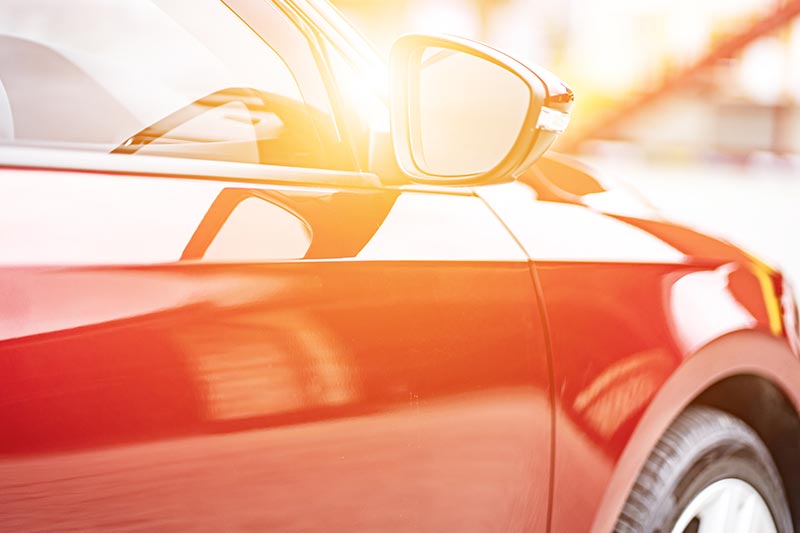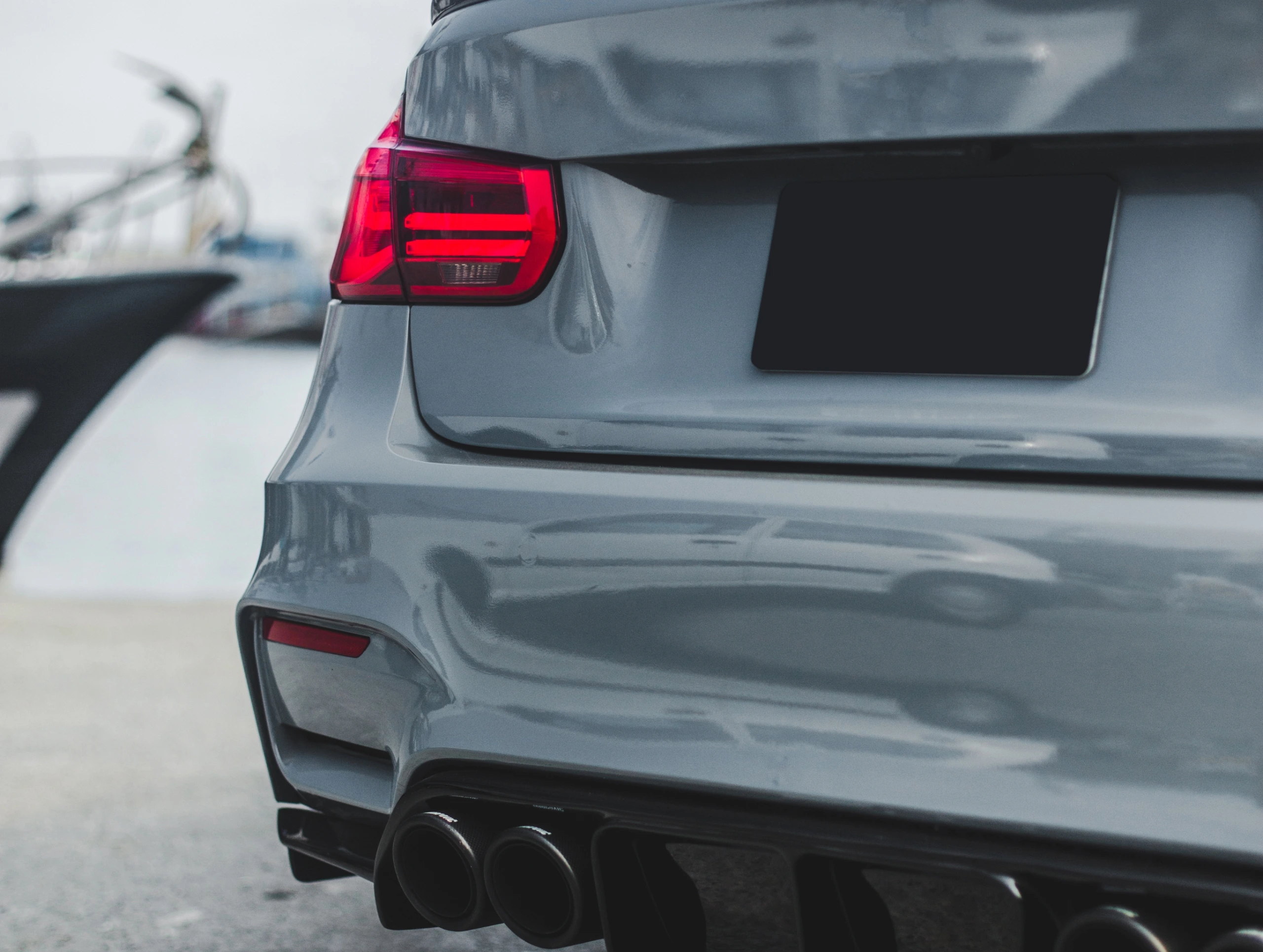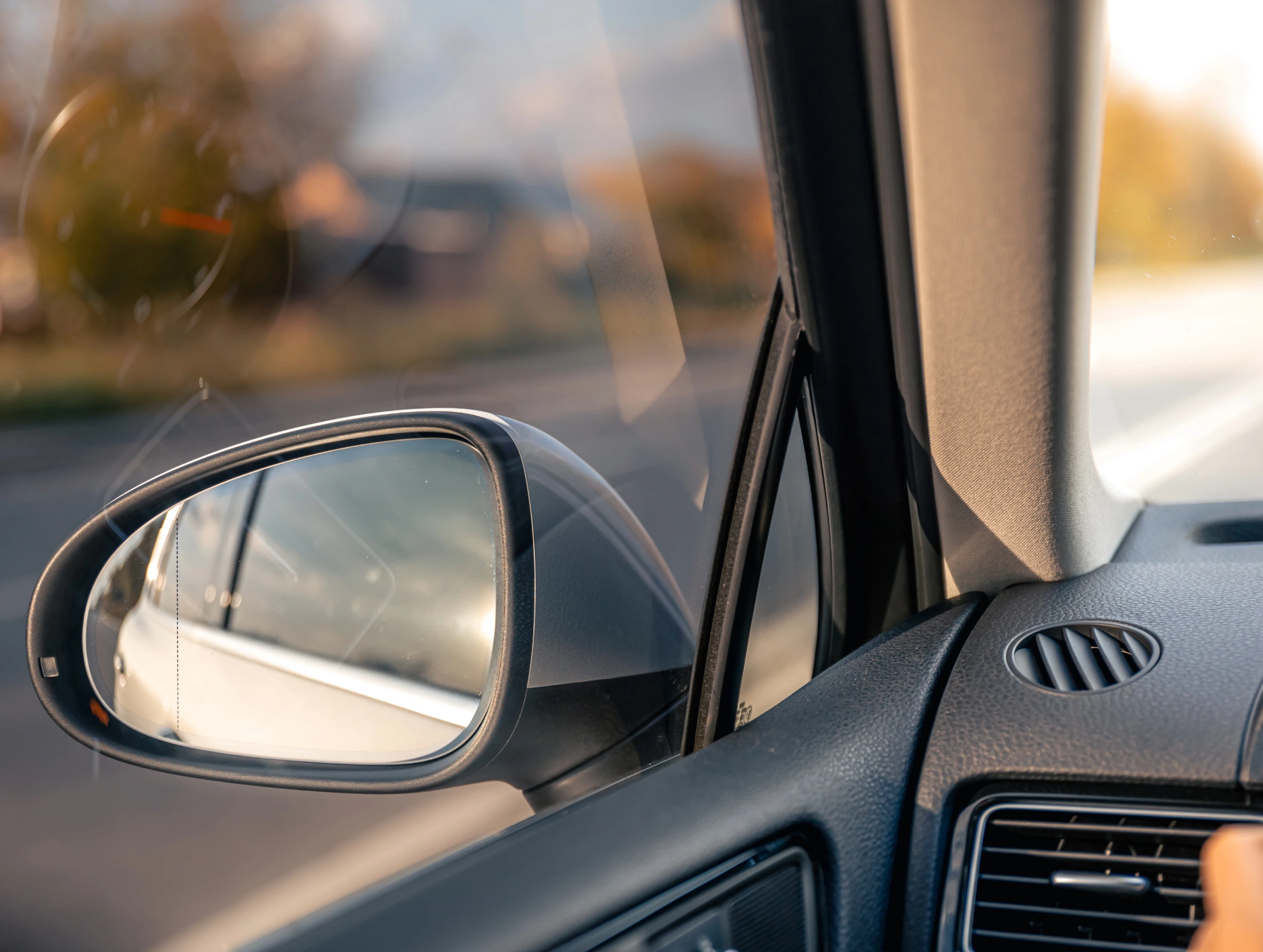When you think about maintaining your car's appearance, protecting the paint from sun exposure should be a top priority. Over time, those harmful UV rays can cause significant damage, leading to fading, oxidation, and discoloration.
But how exactly does the sun affect your vehicle's exterior, and what steps can you take to prevent this damage?
By understanding the impact of the sun and implementing a few protective measures, you can keep your car looking pristine for years. Let's explore effective strategies that will help you shield your car's paint from the sun's harsh effects.
Key Takeaways:
- Park in shaded areas to minimize direct sun exposure.
- Apply a ceramic coating to provide a durable UV-resistant layer.
- Use automotive-specific soaps to avoid stripping protective waxes.
- Install Paint Protection Film (PPF) to guard against UV rays and physical damage.
- Wash your car regularly to remove contaminants that can exacerbate sun damage.
Why Is It Important to Protect Your Car From the Sun?
Sun exposure can cause significant damage to your car's paint, leading to fading, oxidation, and a lackluster appearance. Over time, ultraviolet (UV) rays break down the paint's molecular structure, which results in discoloration and a dull finish.
You might not think about it often, but these effects can seriously impact your car's resale value. A car with a well-maintained exterior is far more appealing to potential buyers than one with noticeable paint damage.
When you don't take steps to protect your car from UV damage, the paint not only looks bad but also becomes more vulnerable to rust and corrosion. This can lead to more extensive and costly repairs down the line.
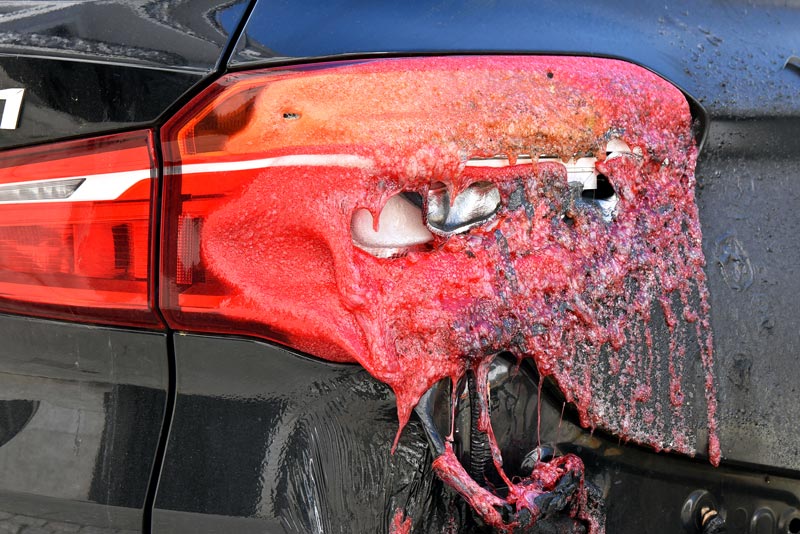
How Does the Sun Affect Your Vehicle?
The sun's harsh rays can wreak havoc on your vehicle's exterior, causing paint to fade and metal parts to weaken over time. Inside, those same rays can crack your dashboard and fade your upholstery. Protecting both the exterior and interior from UV damage is essential to maintaining your car's appearance and value.
Exterior
Ever wondered how prolonged sun exposure can damage your vehicle's exterior? The sun's UV rays can be more harmful than you think, causing significant UV damage to your car's paint. Over time, you'll notice paint fading, which not only makes your vehicle look older but also reduces its resale value.
When UV rays hit your car, they break down the molecules in the paint, leading to oxidation. This process strips away the vibrant color, leaving a dull, chalky appearance. Additionally, the heat from the sun can cause the paint to expand and contract, leading to cracks and peeling.
Interior
Prolonged exposure to sunlight can wreak havoc on your vehicle's interior, causing materials like leather, vinyl, and plastic to fade, crack, and deteriorate.
One of the first victims of the sun is your dashboard. Dashboard fading is a common issue, making your once sleek and shiny dash look dull and old.
Your upholstery is another area that suffers under the sun's harsh rays. Upholstery damage occurs when the sun bleaches the fabric or leather seats, causing them to lose their vibrant color and become prone to tears and rips. Leather seats, in particular, can become dry and start to crack, making them uncomfortable and unsightly.
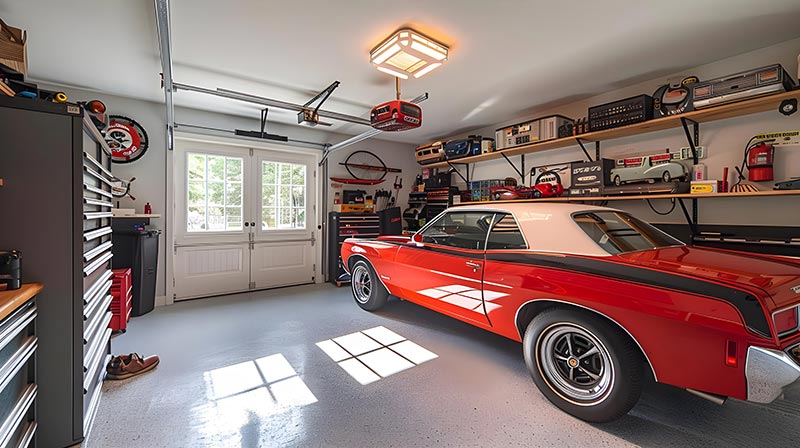
How to Protect Your Paint From the Sun?
Park in the Shade
Parking in the shade is one of the simplest and most effective ways to protect your car's paint from sun damage. By keeping your vehicle away from direct sunlight, you can greatly reduce the risk of fading, peeling, and other sun-related issues.
Look for areas with ample tree coverage or structures that provide natural shade. Not only will this help maintain your car's appearance, but it will also keep the interior cooler, making your driving experience more comfortable.
When parking in the shade isn't an option, consider using a reflective sunshade. These sunshades can be placed on your windshield to reflect harmful UV rays away from your car and help you keep a cool temperature inside.
Use a Garage
Securing your car in a garage is one of the most effective ways to shield your paint from harmful UV rays. By keeping your vehicle indoors, you greatly reduce its exposure to the sun. A garage acts as a physical barrier between your car and the elements, safeguarding your paint stays vibrant and intact longer.
To maximize the benefits of using a garage, focus on garage organization. Keep the space free from clutter so you can easily park your car without risking scratches or dents from surrounding items. Utilize shelves, hooks, and storage bins to create a tidy environment. This not only protects your vehicle but also makes your garage more functional.
Apply Ceramic Coating or Ppf (Paint Protection Film)
While keeping your car in a garage provides excellent protection, applying ceramic coating or paint protection film (PPF) adds an extra layer of defense against the sun's harmful rays. These options help maintain your car's pristine look and protect it from UV damage.
Here is what you need to know about them:
- Ceramic Coating: This liquid polymer bonds with your car's paint, creating a hydrophobic layer. It makes your car easier to clean and keeps it looking glossy. With simple ceramic maintenance, you can enjoy long-lasting protection and a showroom finish.
- Paint Protection Film (PPF): PPF is a clear, durable film applied to your car's exterior. It's thicker than ceramic coating, offering superior protection against rock chips, scratches, and sun damage. PPF removal is also straightforward, making it a flexible option if you decide to change it later.
Investing in ceramic coating or PPF is a smart choice to keep your car looking its best under the relentless sun.
Wash Your Car Regularly
Regularly washing your car removes harmful contaminants and prevents sun damage to the paint. When you don't wash your car frequently, dirt, bird droppings, and other pollutants can build up, causing the paint to deteriorate, especially under intense sunlight. By adhering to a good frequency washing schedule, you're taking an essential step in maintaining your car's exterior.
You should aim to wash your car at least every two weeks, but if you live in an area with harsh weather or lots of debris, you might need to do it more often. Regular washing not only helps in removing contaminants but also keeps your vehicle looking fresh and well-maintained.
Conclusion
Think of your car's paint as its outer armor. Without proper care, the sun's relentless rays can wear it down, leaving it faded and lifeless. Don't let your vehicle become a shadow of its former self.
With a bit of effort-like parking in the shade, washing regularly, and using protective coatings-you can shield your car's beauty from the sun's fiery grasp. Take action now, and your car will shine brightly for years to come.
FAQs (Frequently Asked Questions)
How Often Should I Wash My Car to Maintain the Paint?
- You might think it's excessive, but washing frequency matters. For best paint maintenance, wash your car every two weeks. Regular washing prevents dirt buildup and keeps your car looking fresh, preserving that showroom shine.
Are There Specific Products Recommended for Sun Protection?
- Yes, there are specific products recommended. You should use ceramic coatings and UV sealants to protect your car's paint. These products provide a durable barrier, helping to prevent sun damage and maintain your car's appearance.
Can Sun Damage Be Repaired, or Is It Permanent?
- You can repair sun damage with paint correction techniques, but it depends on the extent of the UV exposure. Minor damage is often fixable, but severe damage might be permanent, requiring professional intervention or repainting.
